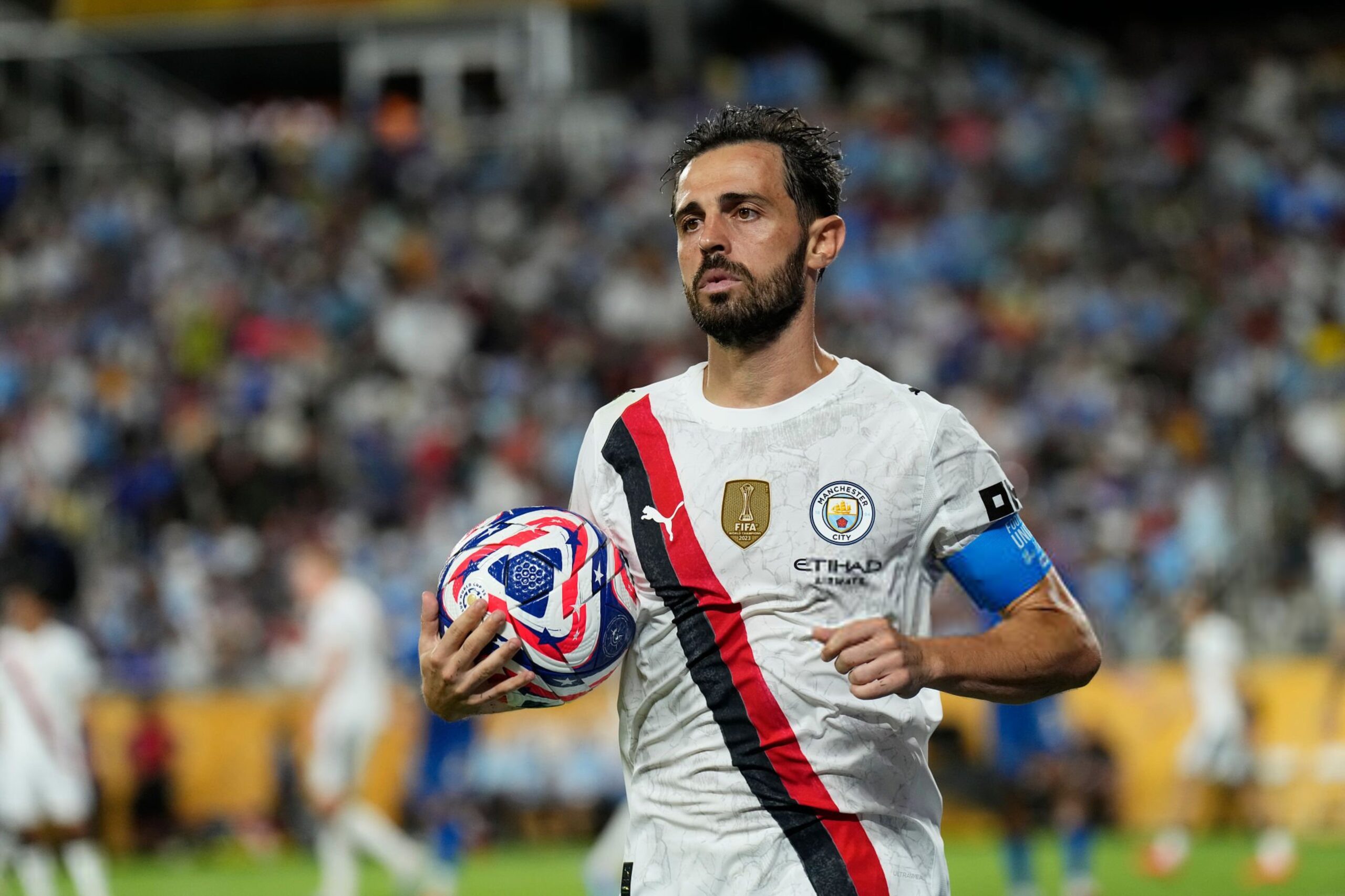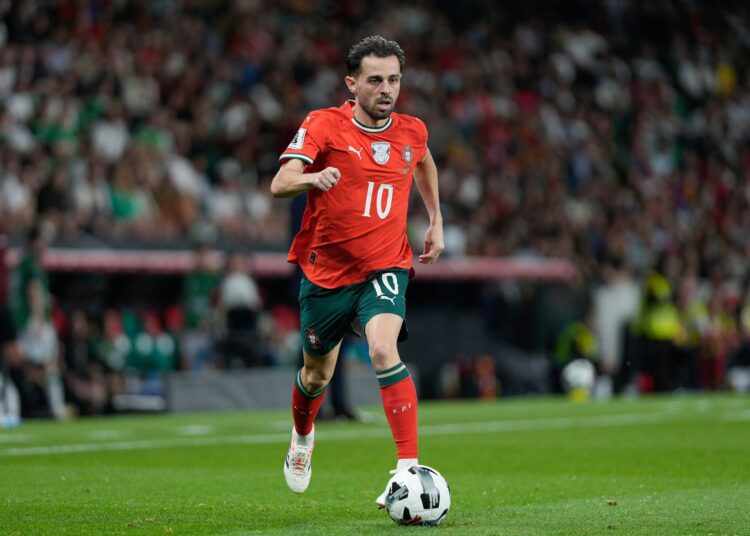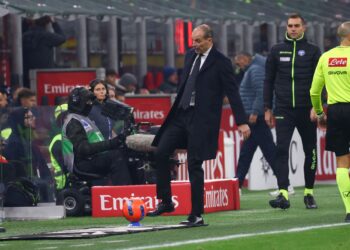The idea of seeing Bernardo Silva at Milan sparks imagination and debate. The Portuguese midfielder, formerly of Benfica and Monaco, is a complete profile, able to raise the team’s quality between the lines and give rare continuity to possession. But for now, it remains only an idea. His transfer fee and salary place the deal in the market’s premium tier, while the club has built its sustainability on scalable decisions and salary balance.
That does not change the fact that the technical interest is clear. Silva would bring advanced playmaking, clean ball progression, organized pressing, and tactical versatility, being able to play as a mezzala, inverted winger, or attacking midfielder. The obstacle is political and financial.
To even open talks, Milan would need several favorable factors: the player’s will, a friendly contractual situation, and creative deal structures, none of which are visible today.
The idea of signing Bernardo Silva is like Milan striking gold, but perhaps the fans can experience a similar feeling with the Plinko game Bangladesh which offers great excitement and entertainment as well.
For Milan potnetially signing a decorated midfield veteran like Bernardo Silva, it would be a tremendous opportunity. Fans and analysts alike believe his addition could significantly boost the Rossoneri’s chances of success in competitive matches. The growing excitement around such high-profile transfers also resonates in markets like gambling Bangladesh, where enthusiasts are increasingly engaged with football-related betting.
The Luka Modric precedent: why it can change the rules
The “Modric deal” showed that Milan can act boldly on elite profiles, negotiating conditions that fit within its limits. The symbolic impact is huge. It broke the perceived divide between “young talent to develop” and “ready-made champion,” proving that an experienced star can fit into the project without distorting it.
This sets a precedent. If the club manages to build a sustainable package for a top player, then its ambitions expand. It does not guarantee a move for Bernardo Silva, but it changes the internal and external narrative. AC Milan’s market is no longer only about scouting and capital gains. It also shows an ability to exploit narrow opportunities and close tailor-made deals when the sporting impact promises an immediate leap in quality in Allegri’s team.
Pros and cons of Bernardo Silva at Milan: amortization, wage cap and sporting impact:
Economically, a potential move for Bernardo Silva would require financial engineering: amortizing the transfer fee over a medium-to-long contract, setting up a fixed-plus-bonus salary tied to appearances and achievements, distributing commissions, and possibly including image rights participation to reduce cash outflow. The impact on the financial statements would be heavy but manageable.
The longer the contract, the smaller the annual amortization quota, with the caution of avoiding long-term burdens.
The risk: distortion of the wage structure and a 'lighthouse effect' in internal renewals:
The benefit: huge. Immediate technical leadership, higher overall quality, better management of pressure moments, and likely growth in indirect revenues from brand appeal, stadium, and commercial areas.
The summary is clear. If, as with Luka Modric, the right formula is found, Bernardo Silva to Milan would not be a mere image move but an investment capable of multiplying both sporting and economic value within Milan’s virtuous cycle.
What are Bernardo Silva's numbers tihs season with Manchester City?
The 31-year-old Portuguese attacking midfielder, who has been trusted by Pep Guardiola for many years now, has already featured in 9 matches across the Premier League and the Champions League, with one assist to his name. On the pitch, he managed to clock 553 minutes.
Right now, his transfer value, according to Transfermarkt, should be set at 38 million euros, with his contract expiring in the summer of 2026.
















